The research team led by Dr. Jeong Min Park from the Nano Materials Research Division at the Korea Institute of Materials Science (KIMS) has successfully developed a new high-performance metal 3D-printed alloy tailored for space environments.
Tag: Space Exploration
NASA Exploration Science Forum 2024: Advancing Lunar and Planetary Exploration
The NASA Exploration Science Forum (NESF), taking place from July 23-25, 2024, at Moffett Field, CA, is a significant event for space science, bringing together experts to discuss the latest advancements in lunar and planetary exploration.
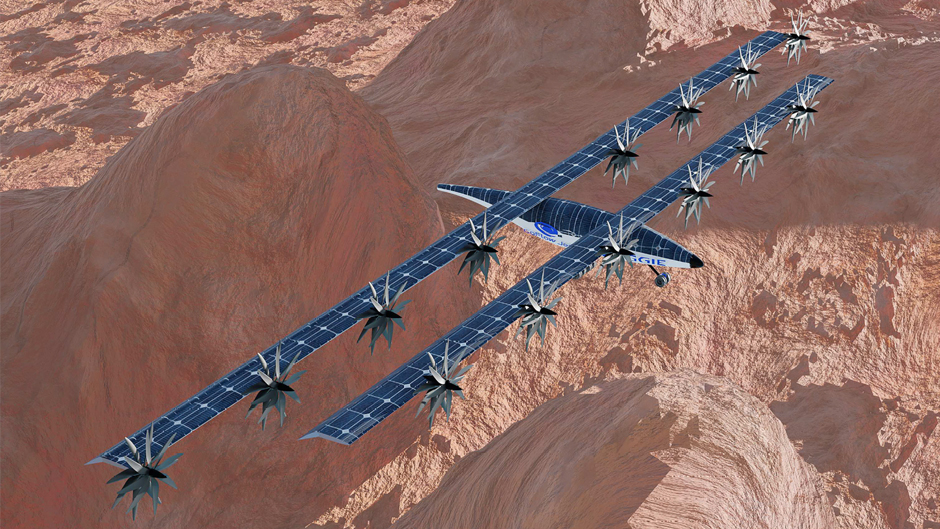
A flight out of this world
A solar-powered aircraft being developed by a University of Miami aerospace engineer could fly on Mars to help answer questions about the red planet.
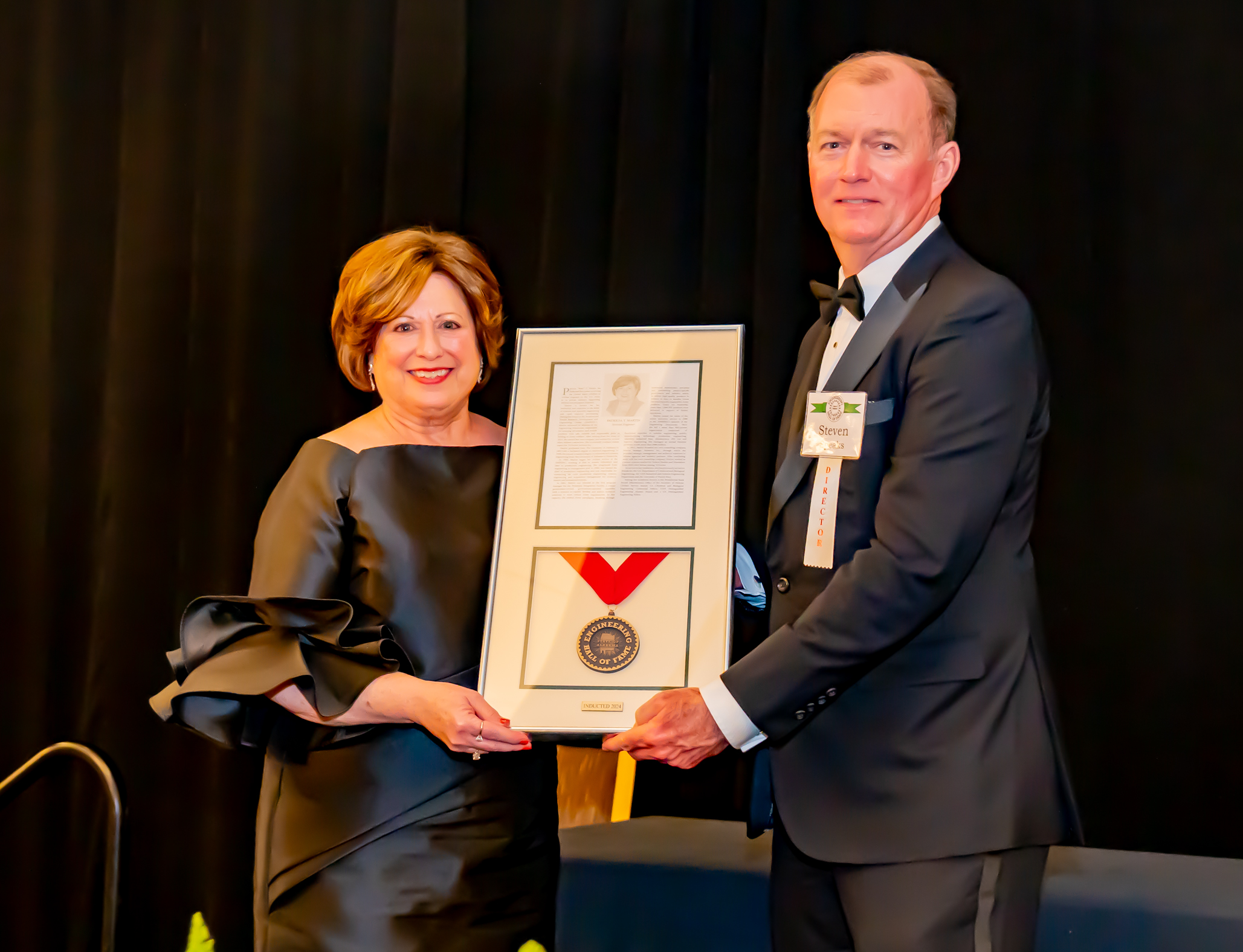
Alumna Patricia “Patti” Martin elected to Alabama Engineering Hall of Fame
Patricia “Patti” Martin, an alumna of The University of Alabama Huntsville (UAH), has been selected to the Alabama Engineering Hall of Fame (AEHOF). Martin graduated from The University of Alabama in 1983 with a bachelor’s degree in chemical engineering.
NASA uses ORNL supercomputers to plan smooth landing on Mars
Since 2019, a team of NASA scientists and their partners have been using NASA’s FUN3D software on supercomputers located at the Department of Energy’s Oak Ridge Leadership Computing Facility, or OLCF, to conduct computational fluid dynamics, or CFD, simulations of a human-scale Mars lander. The team’s ongoing research project is a first step in determining how to safely land a vehicle with humans onboard onto the surface of Mars.
GW Experts Available: First U.S. Spacecraft to Land on the Moon in Decades
WASHINGTON (February 23, 2024) – “The moon’s newest arrival was said to be “alive and well” a day after making the first U.S. landing in half a century, but flight controllers were still trying to get a better handle on its bearings.…
Department of Energy Announces $5.8 Million for Research on Nuclear Data Benefitting Nuclear Science and Applications
Today, the U.S. Department of Energy (DOE) announced $5.8 million in funding for five projects in nuclear data for basic nuclear science and applications.
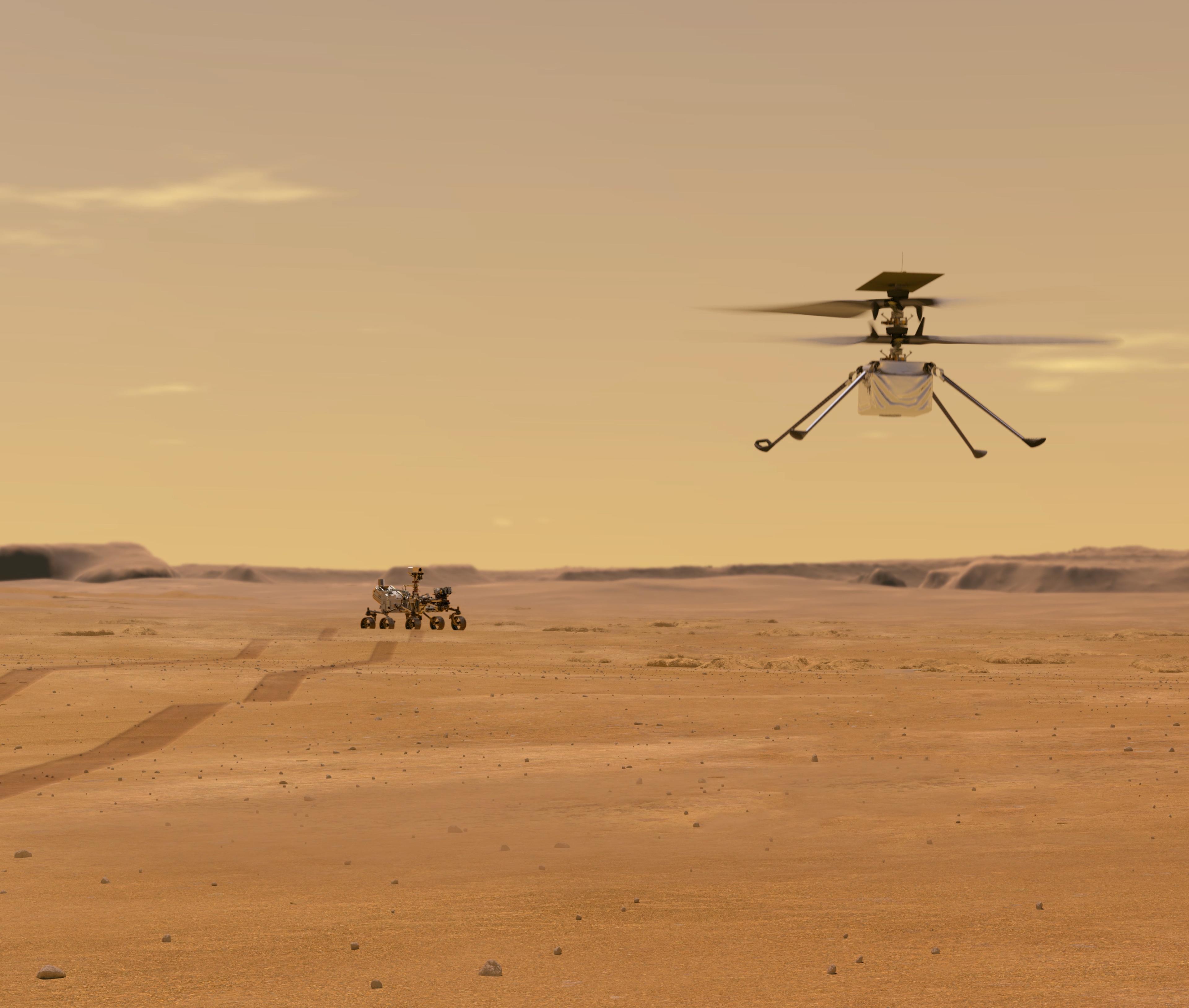
These Sounds Are Out of This World! #ASA184
Scientists can harness sound on other worlds to learn about properties that might otherwise require a lot of expensive equipment, like the chemical composition of rocks, how atmospheric temperature changes, or the roughness of the ground. Extraterrestrial sounds could also be used in the search for life. Timothy G. Leighton from the University of Southampton has designed a software program that produces extraterrestrial environmental sounds and predicts how human voices might change in distant worlds. He will demonstrate his work at the upcoming 184th ASA Meeting.
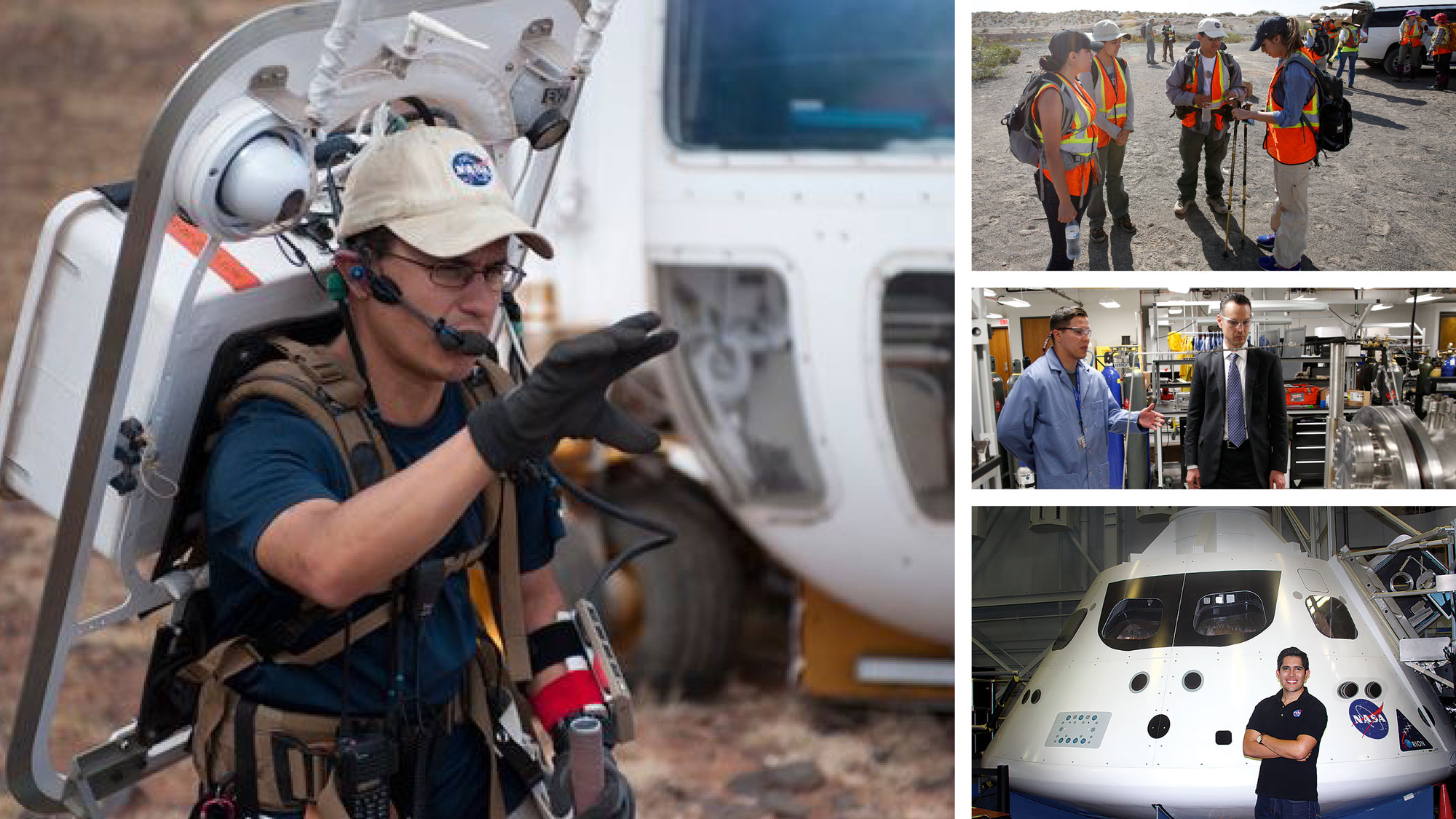
UTEP Awarded Numerous Grants to Support NASA Space Research
Researchers at The University of Texas at El Paso will help build a robotic device for welding in space, prepare astronauts for a mission to the Moon and more, thanks to a slew of new grants from NASA.
Defying (micro)gravity
As part of its “Moon to Mars” initiative, NASA plans to send humans farther into space than ever before.
How to Land on a Planet Safely
In Physics of Fluids, researchers develop a model to describe the interaction between a rocket plume and the surface of a planetary body in near-vacuum conditions. The computational framework takes in information about the rocket, its engines, and the surface composition and topography, as well as the atmospheric conditions and gravitational forces at the landing site, and the results can be used to evaluate the safety and feasibility of a proposed landing site and to optimize the design of spacecraft and rocket engines for planetary landings.
Inaugural Mani L. Bhaumik Breakthrough of the Year Award Goes to JWST Contributors
The AAAS’s inaugural Mani L. Bhaumik Breakthrough of the Year Award honors recognizes Maj. Gen. Charles Frank Bolden Jr., USMC (Ret), a former administrator of NASA; John Mather, senior project scientist of the JWST since 1995; and Bill Ochs, JWST project manager from 2011 through the telescope’s launch. The award selection committee seeks to acknowledge not only the winners’ individual contributions, but also the teams they inspired, whose collective work has given us all a completely different view of the universe.
WashU Expert: Artemis launch brings us closer to space exploration goals
Bradley L. Jolliff, the Scott Rudolph Professor of Earth and Planetary Sciences in Arts & Sciences at Washington University in St. Louis and director of the McDonnell Center for the Space Sciences, is available to describe the science and space exploration…
Secretary Granholm Breaks Ground on Isotope Research Center to Advance Life-Saving Medical Applications and Strengthen America as a Global Scientific Leader
The U.S. Department of Energy (DOE), in coordination with Oak Ridge National Laboratory, today held a groundbreaking for the Stable Isotope Production and Research Center (SIPRC), which will expand the nation’s capability to enrich stable isotopes for medical, industrial, and research applications.
Algae Could be Instrumental in Making Human Exploration of Mars Possible
A team of UNLV scientists is already researching how we can support extended space travel with oxygen and food needs for people.
ARTEMIS MISSION PAVES THE WAY FOR RETURN TO THE MOON SAYS SMU PLANETARY SCIENTIST WORKING WITH NASA
Matt Siegler, a research scientist at Southern Methodist University and the Planetary Science Institute who is participating in ongoing NASA missions, says the Artemis 1 launch could revive America’s ability to get humans back to the Moon.
WashU Expert: Artemis launch brings us closer to space exploration goals
On Monday, Aug. 29, NASA plans to launch its Orion spacecraft from the world’s most powerful rocket for a trip around the moon. This launch of the uncrewed Artemis 1 mission is a step toward the goal of landing people…
GW Experts Available to Discuss Russia Leaving the International Space Station
WASHINGTON (July 26, 2022) — Yuri Borisov, head of Russia’s space agency Roscosmos, has announced Russia will withdraw from the International Space Station after 2024 to focus on building a Russian orbiting station. Experts from the George Washington University’s Space…
Powering the moon: Sandia researchers design microgrid for future lunar base
Sandia National Laboratories is well-known for designing reliable and resilient microgrids for military bases and vital city services. Now, Sandia researchers are working with NASA to design one for the moon.
Space Race with China: expert talk & interview availability
A New Space Race? Rediscovering Star Wars and the new High Frontier Tuesday, July 13 at 4PM EDT. The Foreign Press Association is hosting a critical talk by space policy and business expert Professor Greg Autry on China’s advances in…
CHIME telescope and collaborative efforts from WVU lead to the detection of more than 500 fast radio bursts
With the help of the radio telescope located at the Dominion Radio Astrophysical Observatory, operated by the National Research Council of Canada, in British Columbia, Canada, the telescope has nearly quadrupled the number of FRB discovered to date.
Expert in Industry of Outer Space, Greg Autry Joins Thunderbird School of Global Management at ASU
Press Release Announcement: Space-Sector Expert Joins ASU Thunderbird
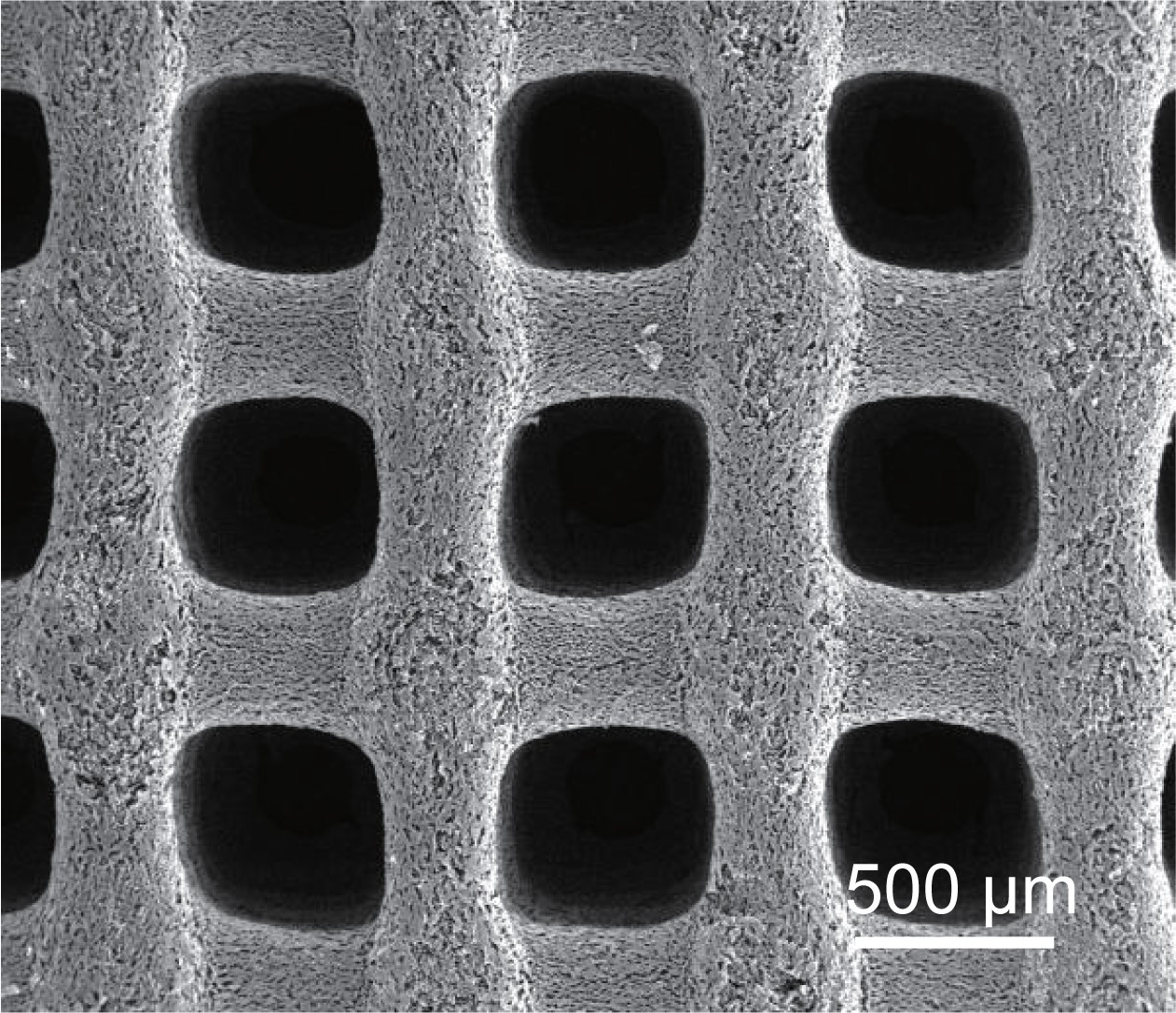
Porous, ultralow-temperature supercapacitors could power Mars, polar missions
Researchers reporting in ACS’ Nano Letters have 3D printed porous carbon aerogels for electrodes in ultralow-temperature supercapacitors, reducing heating needs for future space and polar missions.
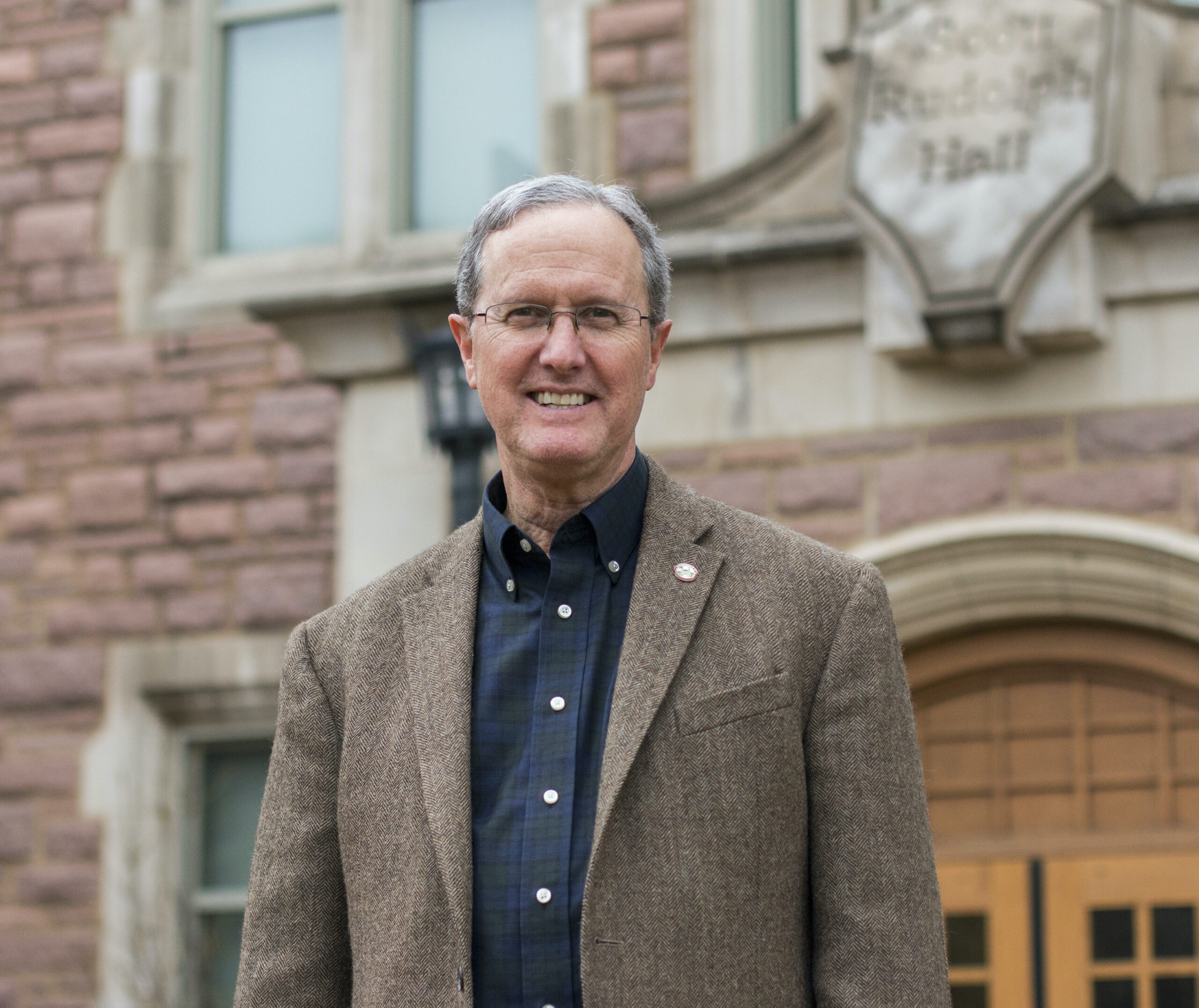
WashU Expert: China probe returns with ‘treasure trove’ of moon rocks
The Chinese space agency announced Dec. 16 the return of a lunar probe bringing back the first fresh samples of rock and debris from the moon in more than 40 years. Bradley L. Jolliff, the Scott Rudolph Professor of Earth…
The New York Academy of Sciences to host programs on the science and law of Lunar Exploration (Wednesday, December 9) and Bioengineering for Space Travel (Thursday, December 10)
The New York Academy of Sciences is hosting two programs on Space Exploration this week, with topics including legal agreements for “off planet” governance, bioengineering to make space travel safer for astronauts, and questions of bio-ethics related to interplanetary travel.
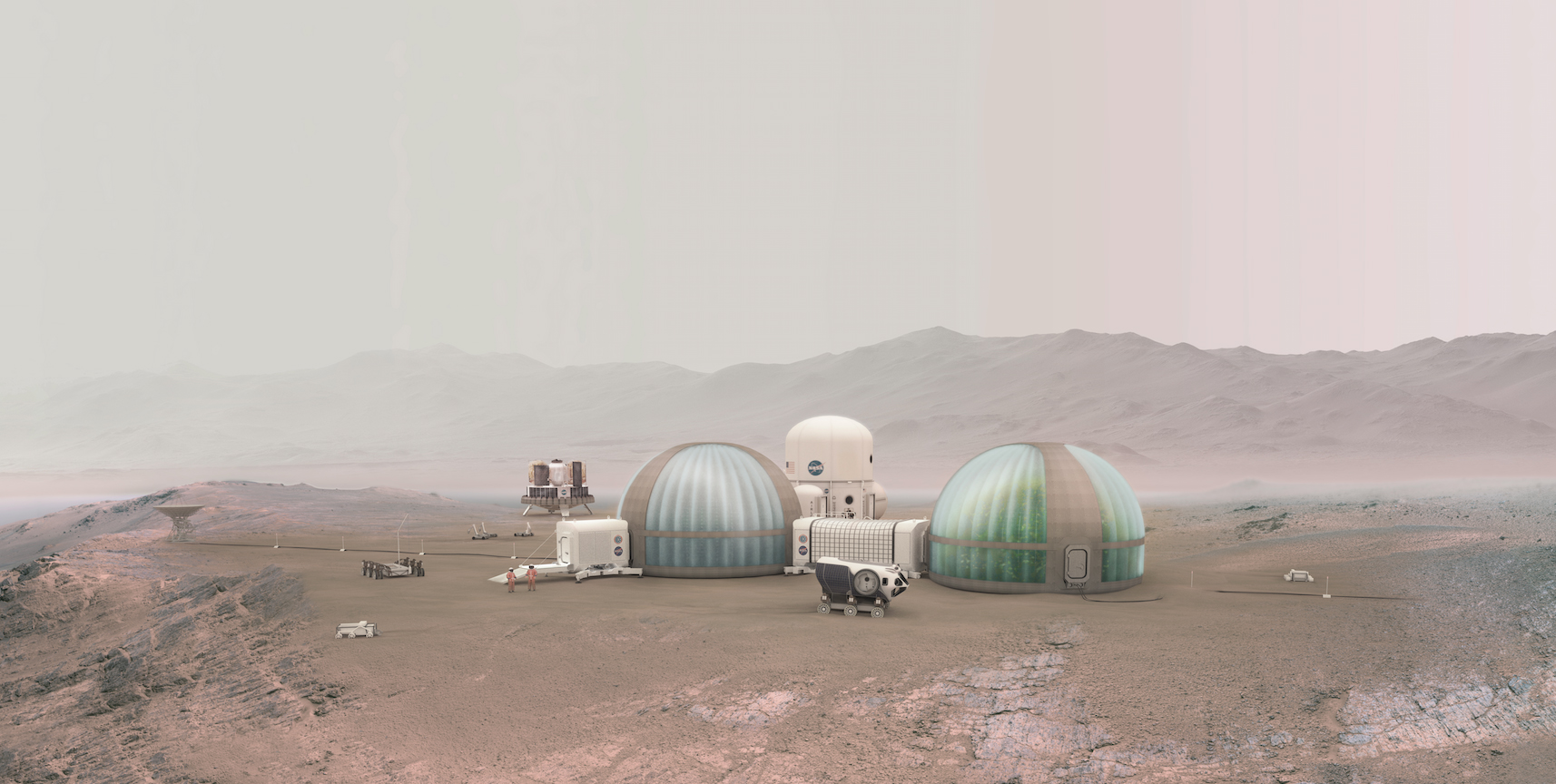
Geologists simulate soil conditions to help grow plants on Mars
Humankind’s next giant step may be onto Mars. But before those missions can begin, scientists need to make scores of breakthrough advances, including learning how to grow crops on the red planet.
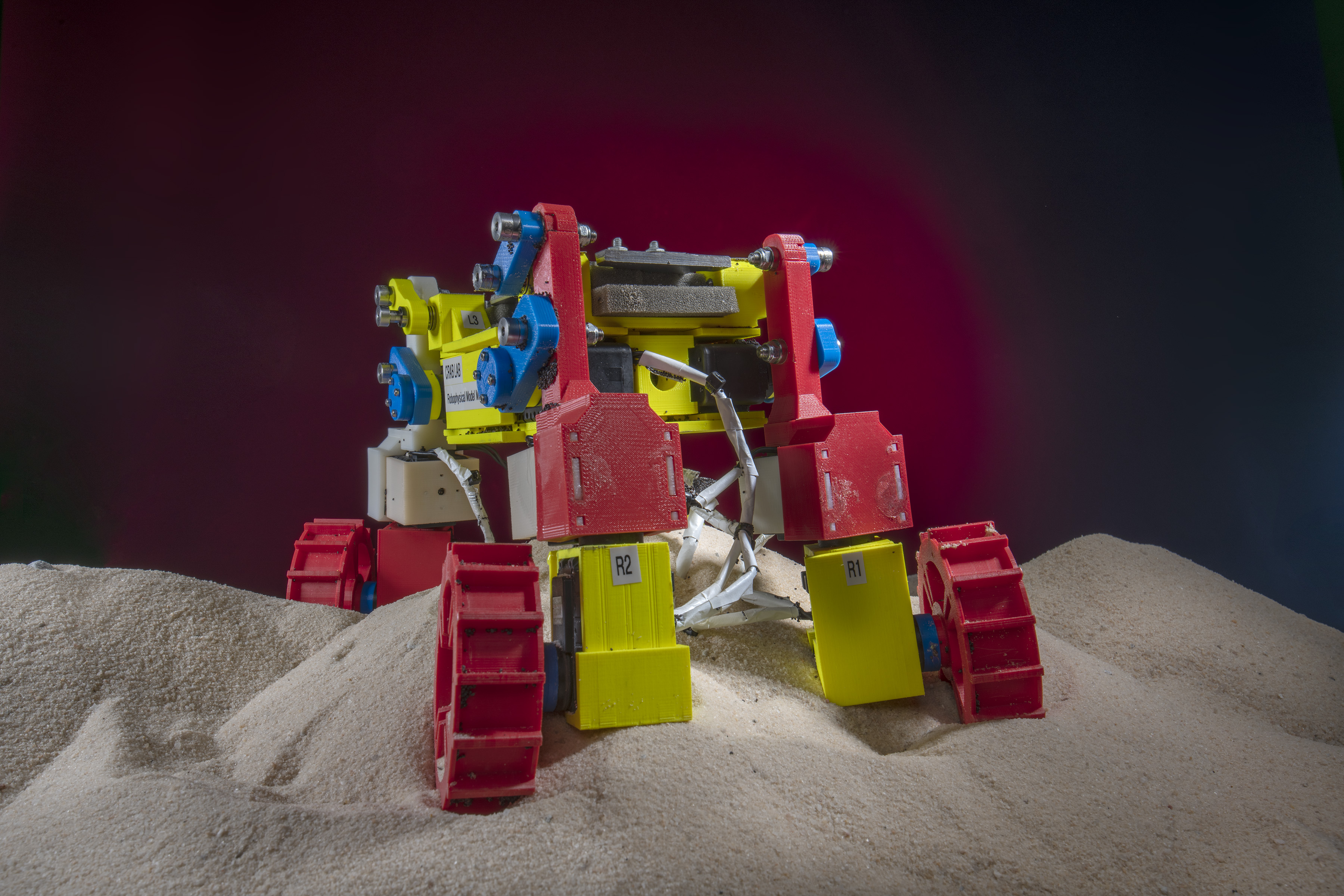
Planetary Exploration Rover Avoids Sand Traps with “Rear Rotator Pedaling”
Built with wheeled appendages that can be lifted and wheels able to wiggle, a new robot known as the “Mini Rover” has developed and tested complex locomotion techniques robust enough to help it climb hills covered with granular material – and avoid the risk of getting stuck on some remote planet or moon.
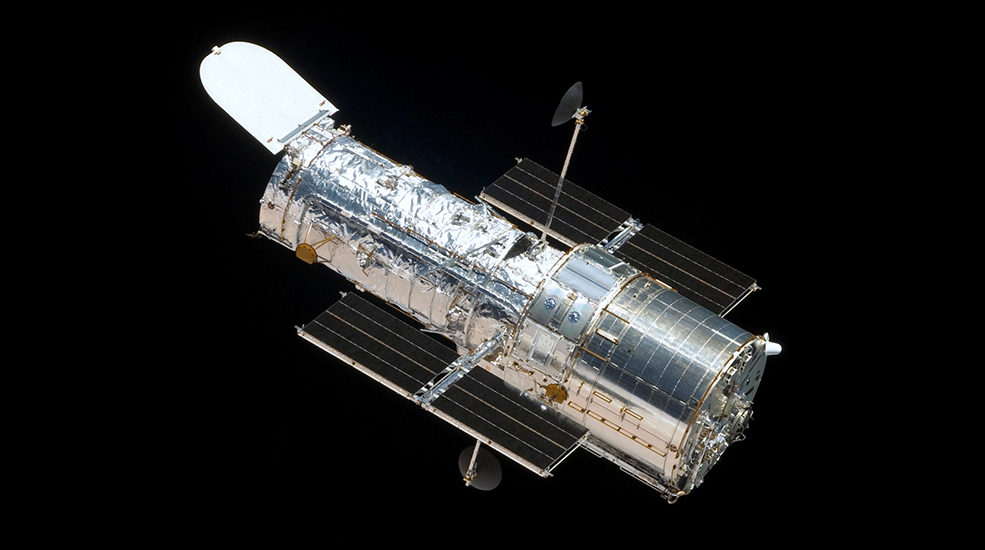
Celebrating 30 Years of Hubble: Discoveries Continue to Wow Scientists, Public
Peering into the darkness to see what we could not previously see, the Hubble Space Telescope has been delighting scientists and the general public with revealing details and images of galaxies and celestial phenomena. The American Institute of Physics recognizes and celebrates the momentous occasion of the 30th anniversary of its launch and Physics Today is highlighting the anniversary in its April issue with a look back at the history of the telescope and analysis of Hubble’s discoveries over the past 30 years.
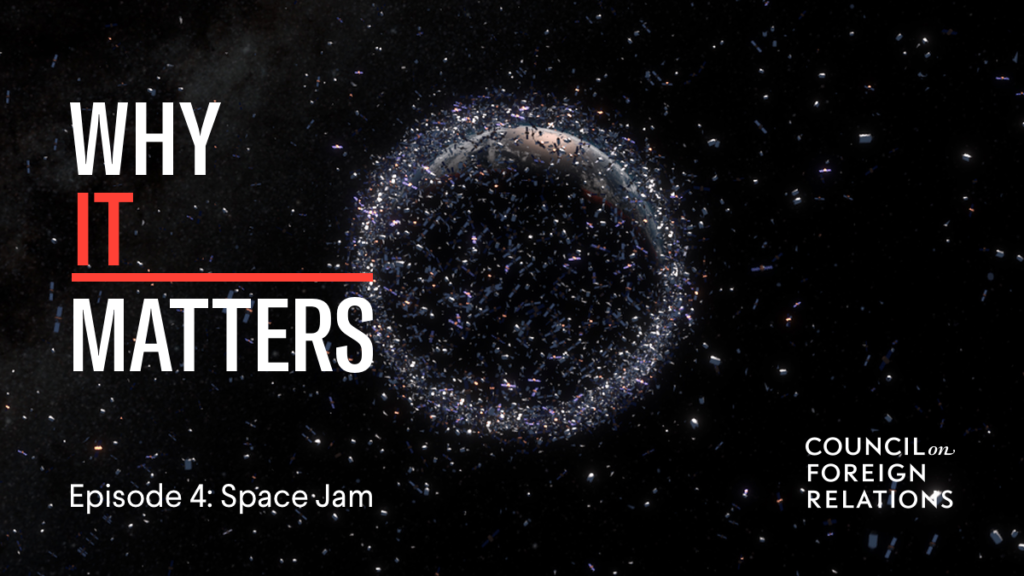
Why It Matters: Space Jam
Space is getting crowded. The biggest challenge is space junk—the debris that results when satellites break up or get shot down. If we aren’t careful, space junk, and space conflict, could cause a lot of problems down here on Earth.